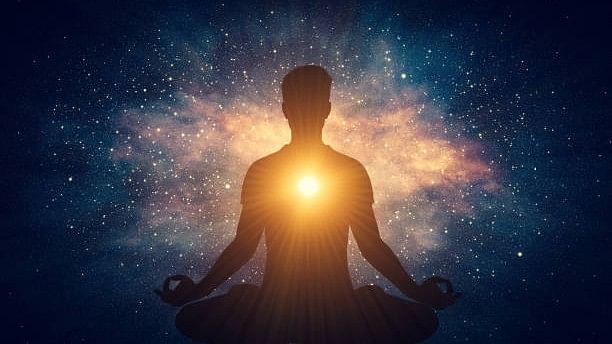
Image for representation.
Credit: iStock Photo
A period of four months starting from the Devshayani Ekadashi or the 11th day of the waxing moon fortnight of the fourth month of the Hindu calendar Ashaada till the Devpradodhani Ekadashi or the 11th day of the waxing moon in the fortnight of the eighth month, Kartika, is known as chaturmasya or chaturmaasa. It is believed that gods and goddesses in general and Lord Vishnu in particular, are resting in this period and in the ‘Do Not Disturb’ mode; hence no auspicious events such as weddings and house warming ceremonies are held in these four months.
The legend of Bali and Vaamana avatar is well known. It seems when Bali realised who Vaamana actually was and sought his forgiveness, Vishnu gave his word to grant any wish that he might have. Bali asked for Vishnu and His consort Lakshmi to visit and rest at his place every one-third of the year.
In the Padampuran, Shrimad Bhagwatpuran, and other religious texts it is mentioned that Vishnu is in a deep meditative state of yoganidra along with some other divine beings and so are unavailable to devotees in this particular period. Lord Shiva takes over the reins of managing the cosmos in these months and is therefore worshipped more in this duration.
The sun, moon, and air – all forms of Vishnu -- are not very active and pave the way for clouds and rain. The first of these four months – Shraavana sets in the season of monsoon. Rains force the snakes to come out of their burrows and that explains the celebration of Naaga Panchami, a day dedicated to appease the snakes and seek protection.
General health is affected during this period as the activity of pitha (bile) which is symbolic of fire, is not at its best – reducing physical activity. Lungs are affected too with kapha (phlegm) increasing in our bodies. According to Ayurveda, the foods to be avoided in Shraavana are leafy vegetables and greens; second month Bhadrapada – curd and fermented foods – as our metabolism is weak during this period, third month Ashwin – milk, and last month Kartika – onion, garlic and udad dal. These diet restrictions are supposed to tune our bodies with nature to prevent seasonal ailments and keep us healthy.
Japa (chanting), tapasya (austerity), dhyaana (meditation) and bhakti (devotion) done during these four months are known to reap more benefits than at other times. It is also advisable to read the Ramayana, Bhagwat Gita or Srimadbhagwatpuran, especially in the last month of Kartik. Most festivals are celebrated in this phase. Chaturmaasa ends with Tulasi puja.